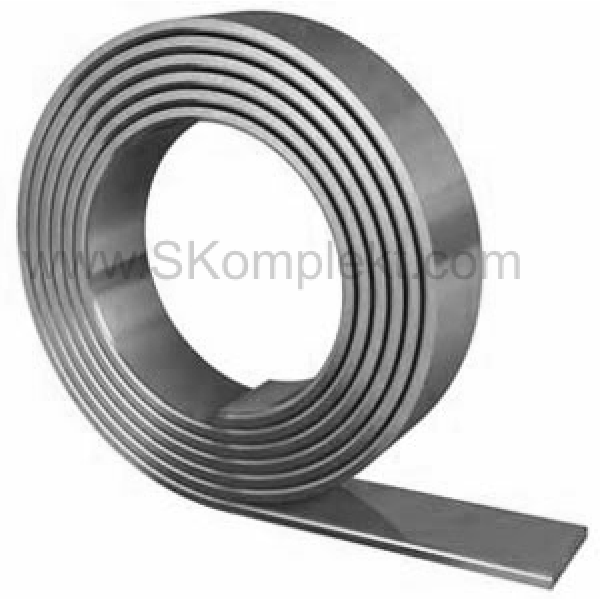Usually everybody tries to bury the rod to the maximally possible depth when arranging grounding. Such an approach is connected with the need to provide low ground resistance throughout the year. The ground doesn't freeze at a great depth, besides; there are layers rich in ground waters, characterized of low resistivity. The disadvantage of such approach is the need of drilling if there are hard rocks. Besides, there exist types of soils, for example peat layers, where electric resistivity at a great depth is lower, than close to the surface.

In this case, if the grounding is only used for provision of the object's lightning protection, there is no strict need in the installation of grounding elements (IS-153.34.21.122-2003 p.3.2.3.1, AD 34.21.122-87 p.2.13). At such low temperatures when the upper soil layer freezes, a thunderstorm is a rarity. In such cases it might be better to use the so-called horizontal ground electrodes. They represent a metal wire or tape (as a rule made of steel and zinc or copper coating) laid in the ground at a small depth. Extended horizontal ground electrodes are widely used for lightning protection of power transmission line supports, overhead line supports, oil and gas mining sites.
For more details, read our article "Radial ground electrodes: reliability at a small depth".
See also:

